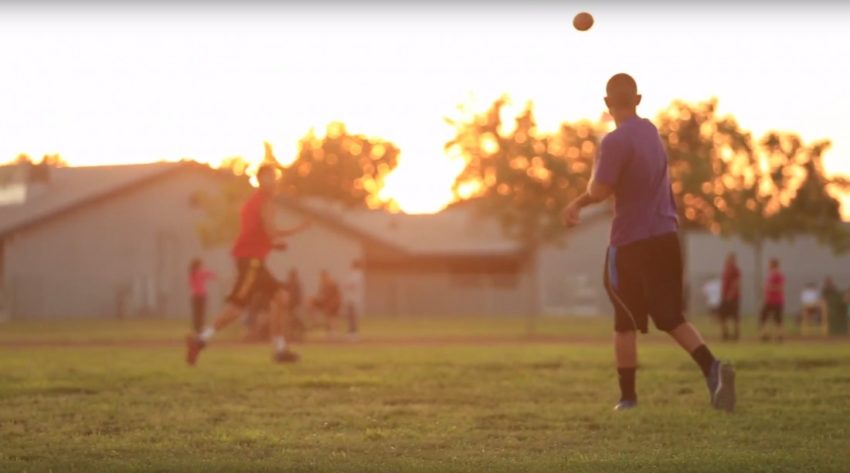
Share On Social!
This is part of our Active Spaces & Latino Kids: A Research Review »
Conclusions
Latino children in underserved communities have limited opportunities for physical activity because of inadequate access to recreation facilities, unavailable school recreational facilities, and neighborhood characteristics that negatively impact use of these spaces.
Many avenues and resources exist to increase access to recreation facilities among Latino children:
- Shared use agreements (SUAs) have been successfully implemented in some predominantly Latino communities. Incorporating the community in developing SUAs, sharing related costs, and solving liability concerns—via improved state and local policies and increased awareness of existing statutory protections for schools—can further increase public access to school facilities.
- Improving the built environment (e.g., repairing sidewalks, installing separate bike paths and street lights, improve maintenance and safety measures) can address concerns about environmental barriers and improve perceptions of the built environment, potentially increasing levels of physical activity among Latino children in the community.
- Appropriate measures must be used to assess the built environment and ensure that new and existing areas for physical activity meet the specific cultural needs of the Latino community.
- Social media and the use of technology can be used to help change attitudes and behaviors about physical activity among Latino youth.
Policy Implications
The findings of this review have implications for legislators and other policymakers, school administrators, community members, and others who can influence policies.
Efforts should focus on meeting the following needs to increase access to sites and facilities that can provide children with greater opportunities for physical activity in Latino underserved communities:
- State and local governments should work with school administrators to address their liability and other concerns to enable schools to allow access to their facilities for recreational use during non-school hours.
- State and local governments should ensure that SUAs and other statutes, such as recreational user statutes, specifically describe covered activities, terms and conditions.
- State and local governments should encourage awareness of current statutes and the benefits and adoption of SUAs among school administrators.
- School administrators should initiate a partnership with the community to explore the feasibility of and specific options/terms for creating and implementing SUAs
- Local governments and policymakers should solicit community feedback to strengthen the development of new recreation sites and improvements in the built environment.
- Local governments and policymakers should create a Complete Streets policy for all new transportation projects near schools and recreation sites to improve active travel to those sites.
- State and local agencies need to incorporate policies and funding for parks and recreation maintenance and security into the upkeep and improvement of existing sites and the development of new sites to increase use of these sites by community members.
More from our Active Spaces & Latino Kids: A Research Review »
- Introduction & Methods
- Key Research Finding: Access to active spaces
- Key Research Finding: Shared use agreements
- Key Research Finding: Unpleasant neighborhood characteristics
- Key Research Finding: Park maintenance and safe streets
- Key Research Finding: Marketing of physical activity
- Policy Implications (this section)
- Future Research Needs
References for this section »
None
Explore More:
Healthy Neighborhoods & CommunitiesBy The Numbers
1
Supermarket
for every Latino neighborhood, compared to 3 for every non-Latino neighborhood



